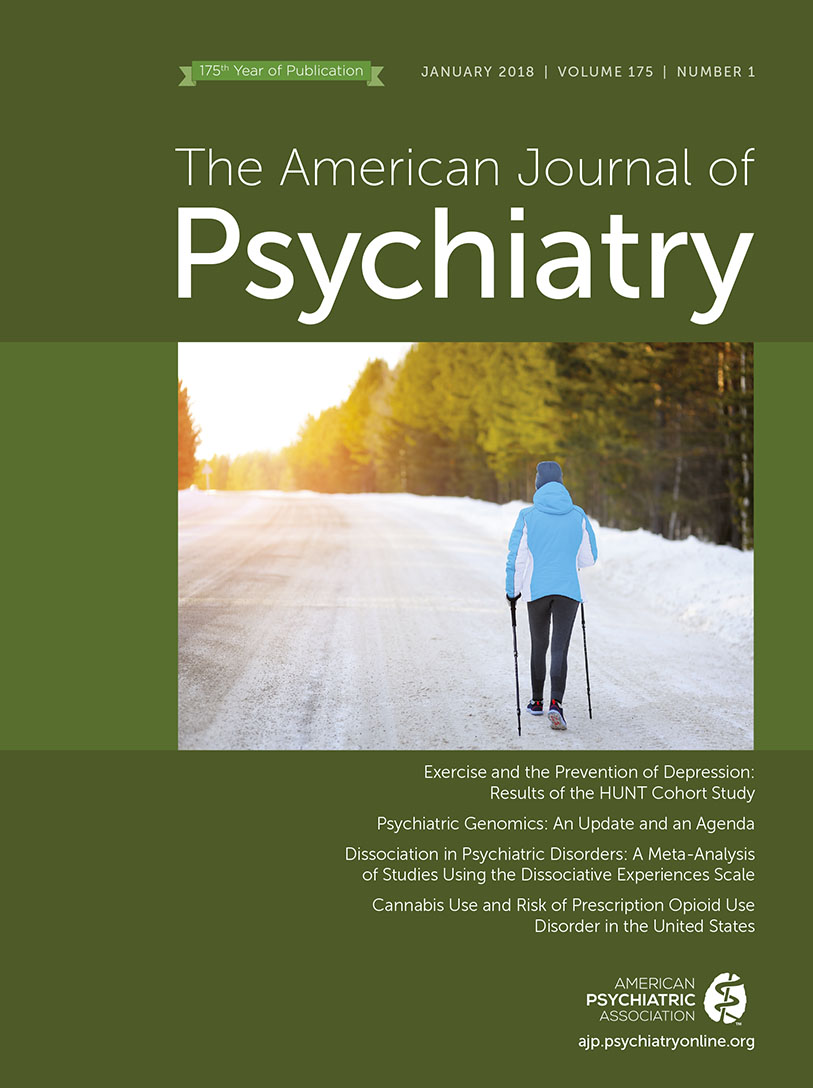Randomized, Double-Blind, Placebo-Controlled Trial of Asenapine Maintenance Therapy in Adults With an Acute Manic or Mixed Episode Associated With Bipolar I Disorder
Abstract
Objective:
The authors determined the efficacy and safety of asenapine in preventing recurrence of any mood episode in adults with bipolar I disorder.
Method:
Adults with an acute manic or mixed episode per DSM-IV-TR criteria were enrolled in this randomized, placebo-controlled trial consisting of an initial 12- to 16-week open-label period and a 26-week double-blind randomized withdrawal period. The target asenapine dosage was 10 mg b.i.d. in the open-label period but could be titrated down to 5 mg b.i.d. After completing the open-label period, subjects meeting stabilization/stable-responder criteria were randomized to asenapine or placebo treatment in the double-blind period. The primary efficacy endpoint was time to recurrence of any mood event during the double-blind period. Kaplan-Meier estimation was performed, and 95% confidence intervals were determined. Safety was assessed throughout.
Results:
A total of 549 subjects entered the open-label period, of whom 253 enrolled in the double-blind randomized withdrawal period (127 in the placebo group; 126 in the asenapine group). Time to recurrence of any mood episode was statistically significantly longer for asenapine- than placebo-treated subjects. In post hoc analyses, significant differences in favor of asenapine over placebo were seen in time to recurrence of manic and depressive episodes. The most common treatment-emergent adverse events were somnolence (10.0%), akathisia (7.7%), and sedation (7.7%) in the open-label period and mania (11.9% of the placebo group compared with 4.0% of the asenapine group) and bipolar I disorder (6.3% compared with 1.6%) in the double-blind period.
Conclusions:
Long-term treatment with asenapine was more effective than placebo in preventing recurrence of mood events in adults with bipolar I disorder and was generally well-tolerated.



